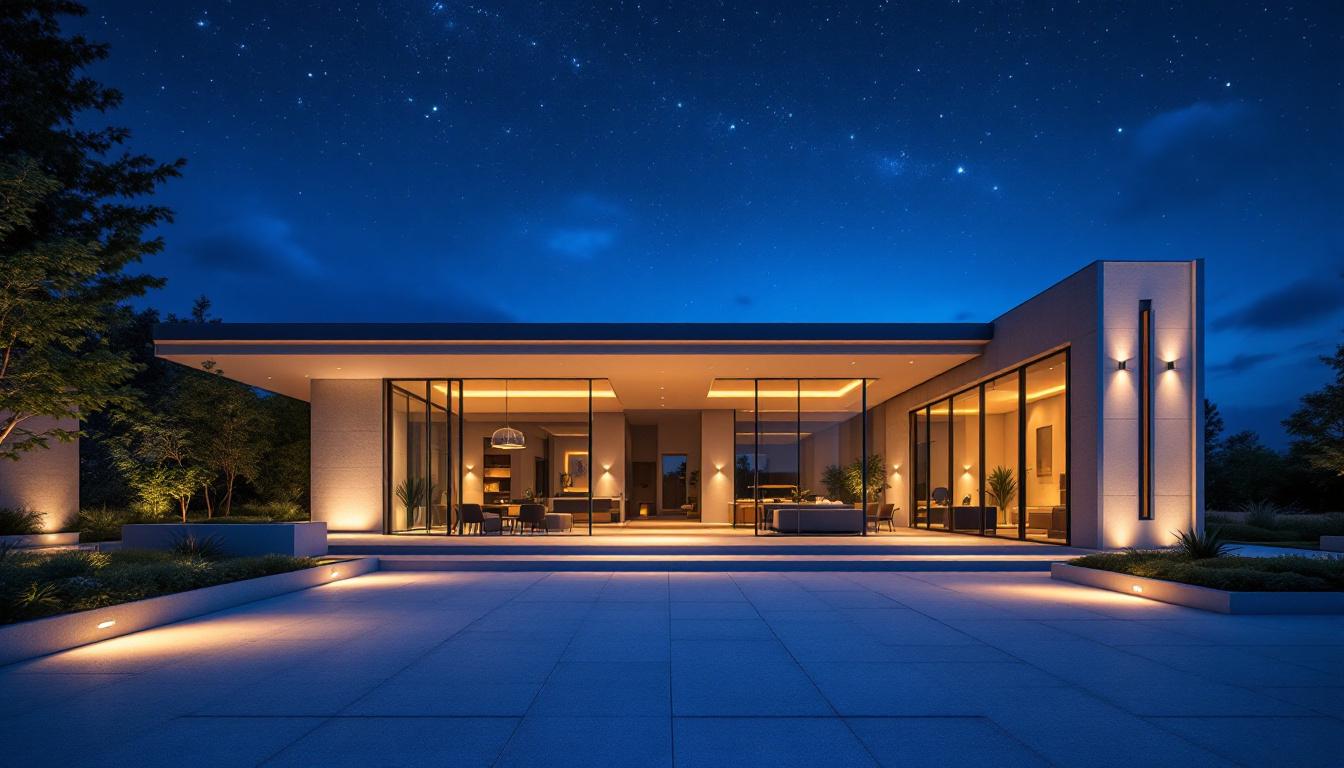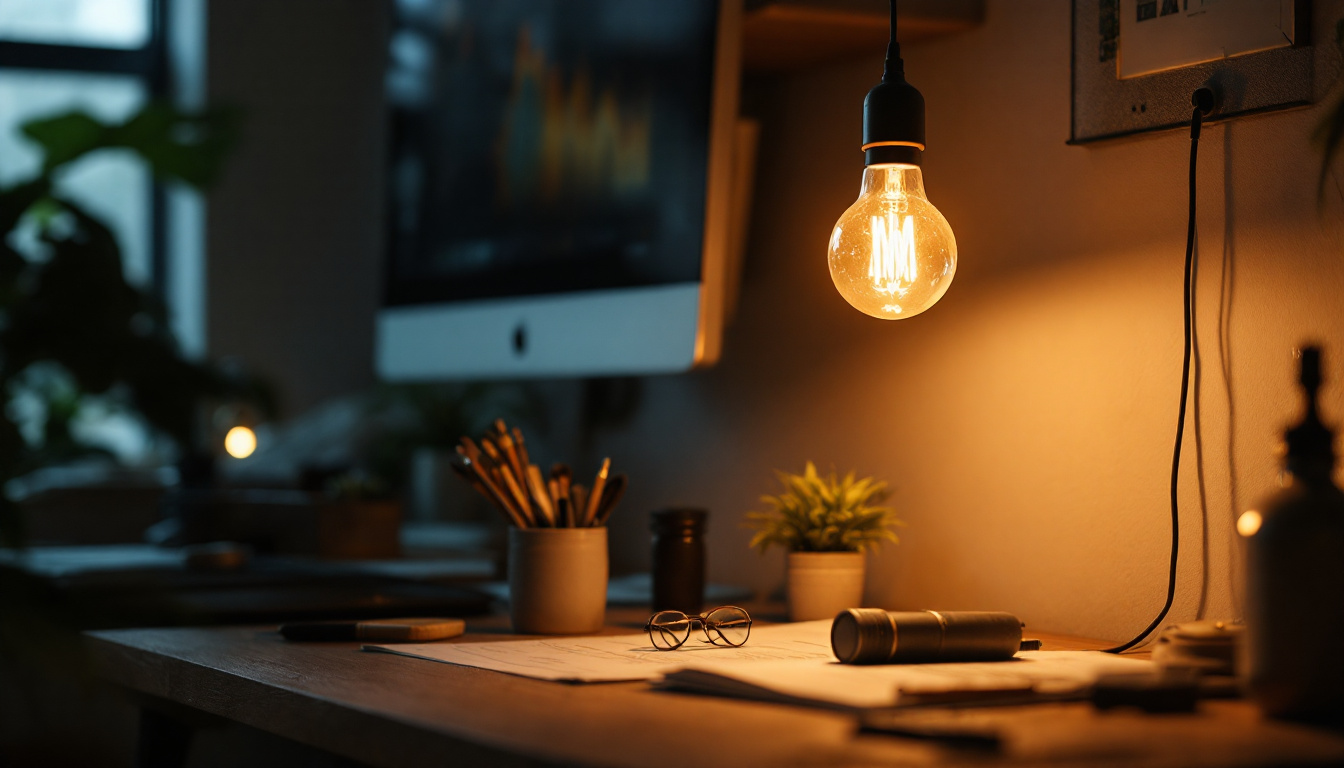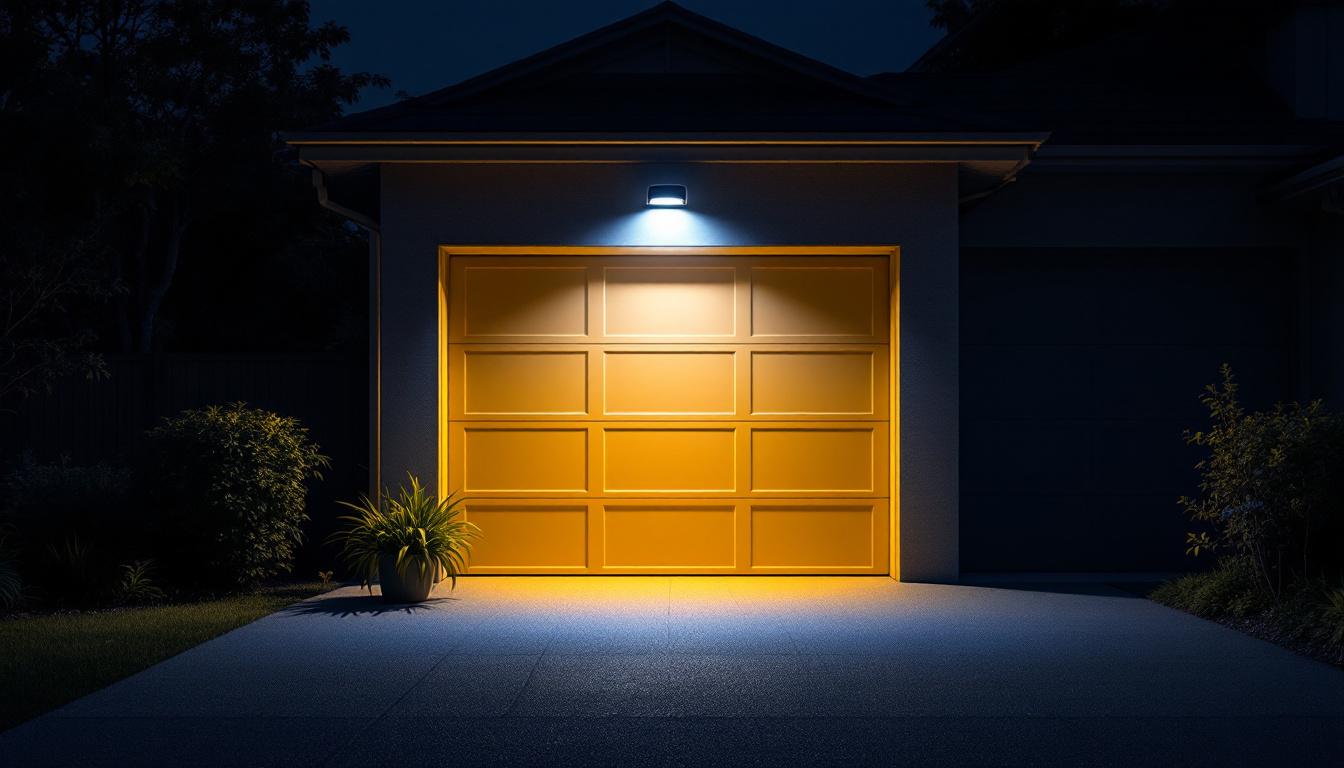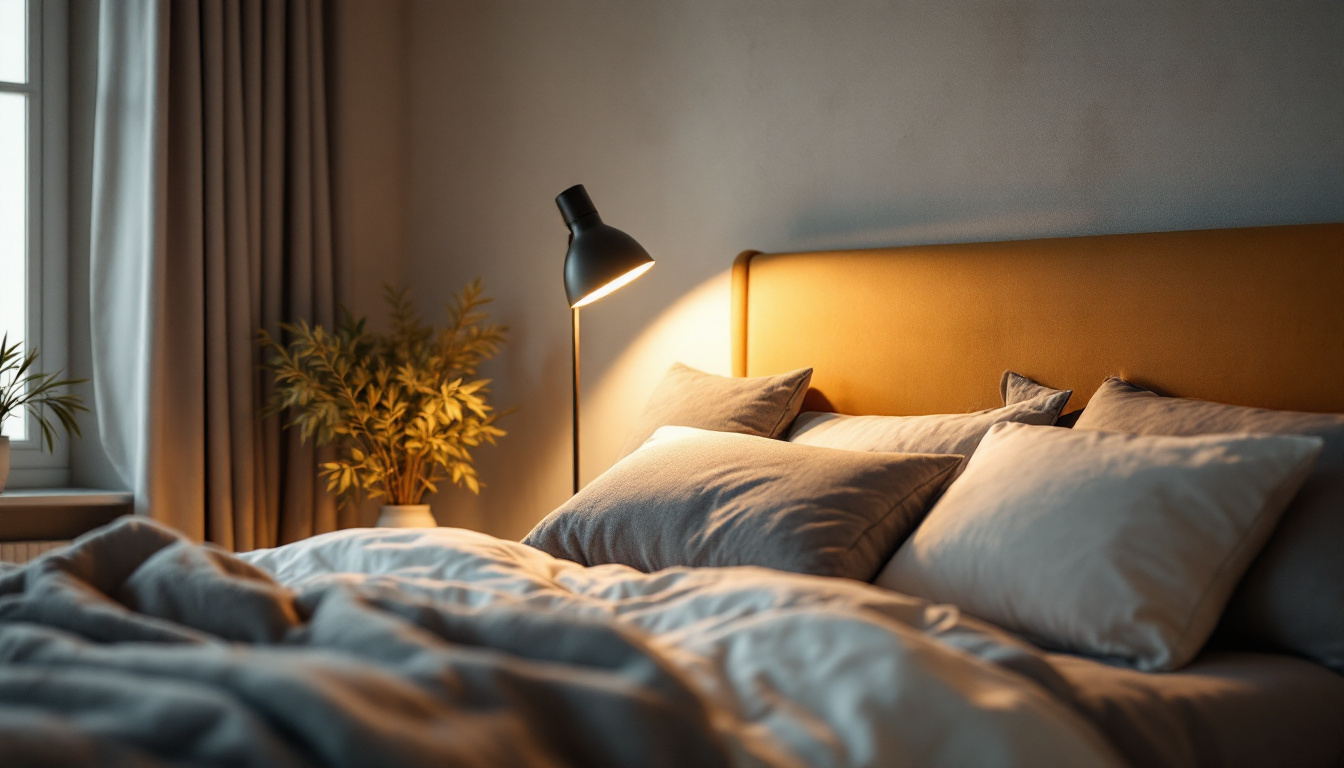
As the sun sets and darkness envelops the landscape, the importance of effective lighting becomes paramount. For lighting contractors, understanding the best practices for dusk to dawn lighting is essential not only for enhancing aesthetics but also for ensuring safety and functionality. This article delves into the best practices for lighting contractors, offering insights into design, installation, and maintenance that can elevate any project.
Dusk to dawn lighting serves a critical role in both residential and commercial settings. It provides illumination during the hours of darkness, enhancing visibility and security while also contributing to the overall ambiance of a space. For contractors, recognizing the significance of this type of lighting can influence design choices and installation techniques. The right lighting can transform a mundane environment into a vibrant and inviting space, making it essential for contractors to stay informed about the latest technologies and trends in outdoor lighting.
One of the primary functions of dusk to dawn lighting is to enhance safety. Well-lit areas deter criminal activity and reduce the risk of accidents. Contractors should prioritize the placement of fixtures in high-traffic areas, such as walkways, parking lots, and entrances, to maximize visibility. Utilizing motion sensors can further enhance security by ensuring that lights are activated only when needed, conserving energy while still providing safety. Additionally, integrating smart lighting systems can allow property owners to control their lighting remotely, giving them peace of mind and the ability to adjust settings based on their specific needs or preferences.
Beyond safety, dusk to dawn lighting plays a significant role in creating an inviting atmosphere. Thoughtful lighting design can highlight architectural features, landscaping, and outdoor living spaces. Contractors should consider the use of different lighting techniques, such as uplighting, downlighting, and accent lighting, to create layers of illumination that enhance the overall aesthetic appeal of a property. Moreover, the choice of light color temperature can dramatically affect the mood of an outdoor space; warmer tones can evoke a cozy and intimate setting, while cooler tones can create a more modern and sleek environment. By carefully selecting fixtures that complement the style of the property and the surrounding landscape, contractors can significantly elevate the visual impact of a space, making it not only functional but also a feast for the eyes.
Effective design and planning are crucial for successful dusk to dawn lighting installations. Contractors must consider various factors, including the purpose of the lighting, the layout of the space, and the preferences of the client.
Before embarking on a lighting project, it is essential to engage with clients to understand their specific needs and preferences. This can involve discussing the intended use of the space, desired lighting effects, and any particular concerns regarding safety or aesthetics. By gathering this information upfront, contractors can tailor their designs to meet client expectations effectively. Additionally, it may be beneficial to present clients with visual aids, such as mood boards or sample lighting scenarios, to help them articulate their vision more clearly. This collaborative approach not only fosters a sense of ownership for the client but also enhances the likelihood of satisfaction with the final outcome.
A thorough site analysis is a critical step in the planning process. Contractors should evaluate the existing conditions, including natural light sources, architectural features, and landscaping elements. This assessment will inform decisions regarding fixture placement, type, and intensity. Additionally, understanding the layout of the space can help identify potential obstacles that may affect lighting effectiveness. It is also wise to consider the surrounding environment, such as nearby buildings or trees, which may cast shadows or obstruct light. By taking these factors into account, contractors can create a lighting design that not only enhances visibility but also harmonizes with the natural and built environment, ensuring a seamless integration of light into the overall aesthetic.
The selection of lighting fixtures is a pivotal aspect of the design process. Contractors must consider factors such as energy efficiency, durability, and aesthetic compatibility with the surrounding environment. LED fixtures are often recommended for dusk to dawn applications due to their long lifespan and low energy consumption. Furthermore, selecting fixtures with appropriate color temperatures can create the desired mood, whether warm and inviting or cool and modern. Beyond these considerations, contractors should also evaluate the control systems available for the fixtures. Incorporating smart technology can allow for greater flexibility in managing lighting schedules and intensity, enabling clients to adapt their lighting to different occasions or preferences. This not only enhances functionality but can also contribute to energy savings and sustainability, aligning with modern design principles.
Once the design phase is complete, the focus shifts to installation. Proper installation techniques are essential for ensuring that lighting systems perform optimally and remain reliable over time.
The placement of lighting fixtures can significantly impact their effectiveness. Contractors should aim to provide uniform illumination while avoiding harsh shadows and glare. This can be achieved by positioning fixtures at appropriate heights and angles, as well as ensuring adequate spacing between lights. Utilizing a combination of different fixture types can also help achieve a balanced lighting scheme. For instance, ambient lighting can be complemented with task lighting in workspaces, while accent lighting can highlight architectural features or artwork. The interplay of these various lighting types not only enhances functionality but also contributes to the overall aesthetic of the space.
Electrical considerations are paramount during installation. Contractors must ensure that all wiring is compliant with local codes and regulations. Additionally, it is essential to assess the power requirements of the lighting system to prevent overloads and ensure reliable operation. Incorporating timers or smart controls can enhance energy efficiency, allowing lights to operate only when necessary. Furthermore, the choice of energy-efficient bulbs, such as LEDs, can significantly reduce electricity consumption and extend the lifespan of the fixtures. Planning for future upgrades or expansions during the wiring phase can also save time and resources down the line, making it easier to integrate new technologies as they become available.
After installation, thorough testing is crucial. Contractors should evaluate the performance of the lighting system under various conditions, making adjustments as necessary to achieve the desired outcomes. This may involve repositioning fixtures, adjusting brightness levels, or modifying control settings to enhance functionality and aesthetics. It’s also beneficial to gather feedback from end-users during this phase, as their insights can provide valuable information on how the lighting interacts with the space. Conducting a post-installation review can help identify any potential issues that may not have been apparent during initial testing, ensuring that the system operates at peak performance and meets the needs of those who will use it daily.
Even the best-designed lighting systems require regular maintenance to ensure longevity and optimal performance. Contractors should educate clients on maintenance best practices and be prepared to address any issues that may arise.
Conducting regular inspections of lighting systems can help identify potential issues before they escalate. Contractors should encourage clients to check for burnt-out bulbs, damaged fixtures, and any signs of wear and tear. Regular cleaning of fixtures can also enhance performance by ensuring that dirt and debris do not obstruct light output. Additionally, it’s advisable to inspect wiring and connections for any signs of corrosion or fraying, as these can lead to more significant electrical issues if left unaddressed. Keeping a maintenance log can also be beneficial, allowing clients to track the performance of their lighting systems over time and schedule necessary inspections more effectively.
In the event of lighting failures, contractors should be equipped to troubleshoot common issues. This may include checking connections, replacing bulbs, or assessing control systems. Understanding the intricacies of the lighting system can enable contractors to provide prompt and effective solutions, minimizing downtime for clients. Furthermore, it’s essential to educate clients on the importance of having a basic troubleshooting guide on hand, which can include simple steps to take before calling for professional help. This guide might cover topics such as resetting circuit breakers, checking timers, and ensuring that dimmer switches are functioning correctly, which can save both time and money.
As technology evolves, lighting systems can become outdated. Contractors should stay informed about advancements in lighting technology and be prepared to recommend upgrades that can enhance energy efficiency and performance. This may involve retrofitting existing systems with newer, more efficient fixtures or incorporating smart technology for improved control and automation. For instance, integrating LED technology not only reduces energy consumption but also extends the lifespan of the lighting fixtures. Additionally, contractors can introduce clients to smart lighting controls that allow for remote operation and scheduling, further optimizing energy use and providing convenience. By highlighting the long-term cost savings associated with these upgrades, contractors can help clients make informed decisions that benefit both their budget and the environment.
For lighting contractors, mastering the best practices for dusk to dawn lighting is essential for delivering exceptional results. By prioritizing safety, aesthetics, and functionality, contractors can create lighting solutions that not only meet client expectations but also enhance the overall quality of the space. Through careful design, meticulous installation, and proactive maintenance, lighting contractors can elevate their projects, ensuring that they shine brightly from dusk to dawn.
In a competitive industry, staying informed about the latest trends and technologies can provide a significant advantage. By continually refining skills and knowledge, lighting contractors can position themselves as trusted experts, ready to tackle any challenge that comes their way. Ultimately, the goal is to create lighting environments that enhance safety, beauty, and functionality, leaving a lasting impression on clients and their guests.
Ready to take your dusk to dawn lighting projects to the next level? At LumenWholesale, we provide lighting contractors with the highest quality, spec-grade lighting products at prices that can’t be beaten. Say goodbye to the middleman and hello to superior lighting solutions that meet the strictest industry standards. With our hassle-free bulk buying options and free shipping, you can equip your projects with premium lighting that combines quality, affordability, and convenience. Elevate your lighting installations with the best value in wholesale lighting. Explore our selection at LumenWholesale now and make a lasting impression from dusk until dawn.

Discover how retro LED lamps can revolutionize your lighting projects by enhancing efficiency and style.

Discover how a motion activated garage light enhances safety, saves energy, and offers convenient illumination.

Discover why lighting contractors should prioritize bed lighting in their projects.

Discover how innovative light fixtures for stairwells can give lighting contractors a competitive edge.